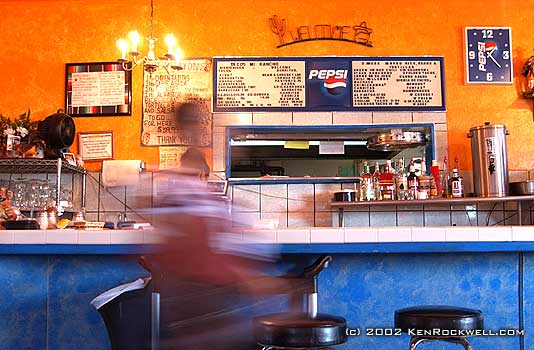 |
| photo taken from: http://www.johnnymartyr.com/%E2%80%A2-urban-decay.php image by: Johnny Martyr |
 |
| photo taken from: http://www.kenrockwell.com/200210/index.htm image by: Ken Rockwell |
Though I primarily use my Ipod touch or my Nikon D3100 digital camera to take the majority of my pictures, I do have access to a 35mm camera. My mother’s camera (pictured below) is a Cannon AE-1 35mm single-lens reflex that has a 200mm lens on it currently. Though I don’t use it very frequently, due to convenience, growing up it was our only option, and we made good use of it. The image of that camera as well as the picture I included of the baby mouse I recently came across while cleaning out my shed were both taken using the Nikon. It is incredibly fast and convenient for the type of photographs I normally take. When taking a photograph for this assignment i was thankful for the digital camera which allowed me to immediately import the media onto my computer and subsequently this blog.
 |
| original image by: Nicole Dufresne |
 |
| original image by: Nicole Dufresne |
Great Post Admin,
ReplyDeleteRoku is a kind of streaming device that offers the most convenient way to watch TV.
Activate Hulu Plus on Roku Device
How to Activate Hulu On Smart TV
roku activation link